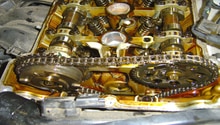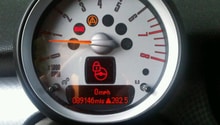Mini Cooper 2007-2013: Engine Performance Diagnostic Guide
Don't worry if your engine is acting up. We can solve the problem!
This article applies to the Mini Cooper (2007-2013).
From troubling tensioners and oil burning to erratic idling, Mini Cooper engines have been known to have some annoying issues. Some of these problems also have the potential to result in costly repairs if not handled early on. You should never guess and randomly replace parts in order to solve these issues. Instead, having a good understanding of what is causing the problem along with the proper way of fixing is the way to go. For that, you should look at proper diagnostic tools. An OBD (On-Board Diagnostic) tool is often key in helping narrow down what can cause your engine to sputter or stall out.

Materials Needed
- Diagnostic tool
- Repair manual
Step 1 – Run a diagnostic check
You may have a code.
Every engine is maintained by a central computer that monitors how the engine is running. If any of the readings are off, a check engine light should trigger–notifying you of an issue. It should be noted that some issues may not cause a light to turn on right away. To run a diagnostic, do the following:
- Connect a code scanner to the diagnostic port.
- Press the check for codes button.
- Read the codes.
- Preform the proper repair.
- Clear the codes.
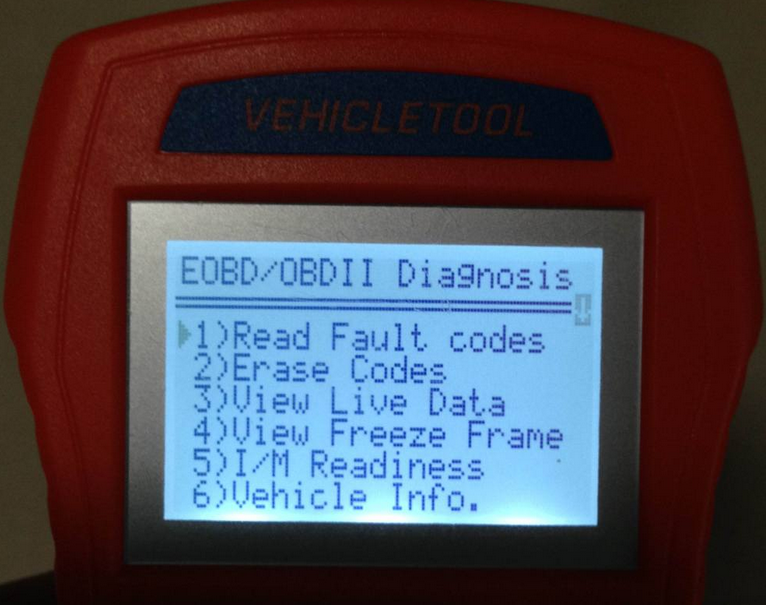
Pro Tip
Sometimes the codes themselves can be triggered by something as simple as a bad fuse. So be sure to check all the easy things before assuming the worst.
If your CEL is not on, it's time to move to the next step.
Step 2 – Use an engine monitoring application
The problem may come and go, making it difficult to diagnose.
If the problem isn't a consistent issue, such as a valve that gets randomly stuck, the CEL may not turn on. So having an application that records the engine in real time allows you to see all the hiccups that may occur. You can download one of these applications straight to your phone for a price, and purchase the sensor itself from online distributors for under $20.
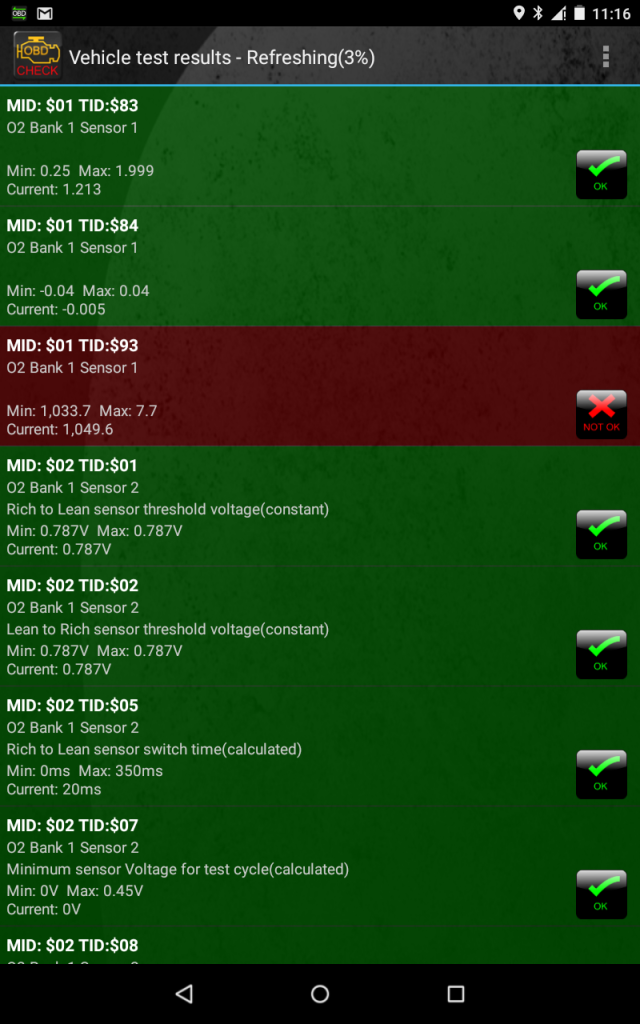
If all of the "monitors" look okay, move on.
Step 3 – It may not be a problem
It may actually be normal.
One of the common misconceptions of the a healthy running engine is whether or not one burns oil. Some mechanics will agree that all engines burn oil, whether it's enough to see a tangible amount lost or not is the actual question. Mini Cooper engines have an expected norm of one quart of loss to every 1,000 miles. So if your are experiencing a quart of oil loss every 1,000 miles, and there are no leaks present, then it is expected. Just be sure to keep the oil filled at the appropriate level in order to avoid any starvation issues.
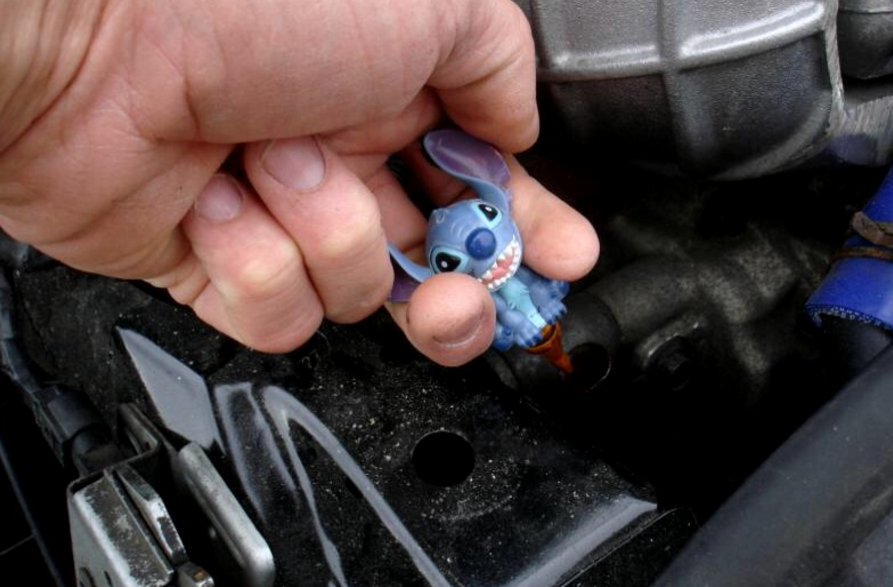
Some oil consumption is normal, more than 1L/1qt per 1000 miles is excessive.
Step 4 – Check for any recalls
Your problem may be more common than you think.
If you are faced with a noise that stems from one or more parts on the powertrain, looking up issues with other common symptoms online is a surefire way to point yourself to the right problem. One such example is the timing tensioner issue appearing on the specific 2007 to 2010 Mini Cooper models. The tensioner is considered to be defective, as per the Skeen vs BMW of North American class action lawsuit, and cost from the repair as well as complete engine damage is in the process of being reimbursed to all affected Mini Cooper owners, if they choose to accept the settlement.

Related Discussions
- Skeen v. BMW of North America Class Action Lawsuit for Timing Chain Tensioner - NorthAmericanMotoring.com
- Minis and Oil Consumption. What Gives? - NorthAmericanMotoring.com
- Need Some Help and Advice on My Engine Problems - NorthAmericanMotoring.com
- Brand New Engine Problems - NorthAmericanMotoring.com
- Engine Light On and Sputtering - NorthAmericanMotoring.com

